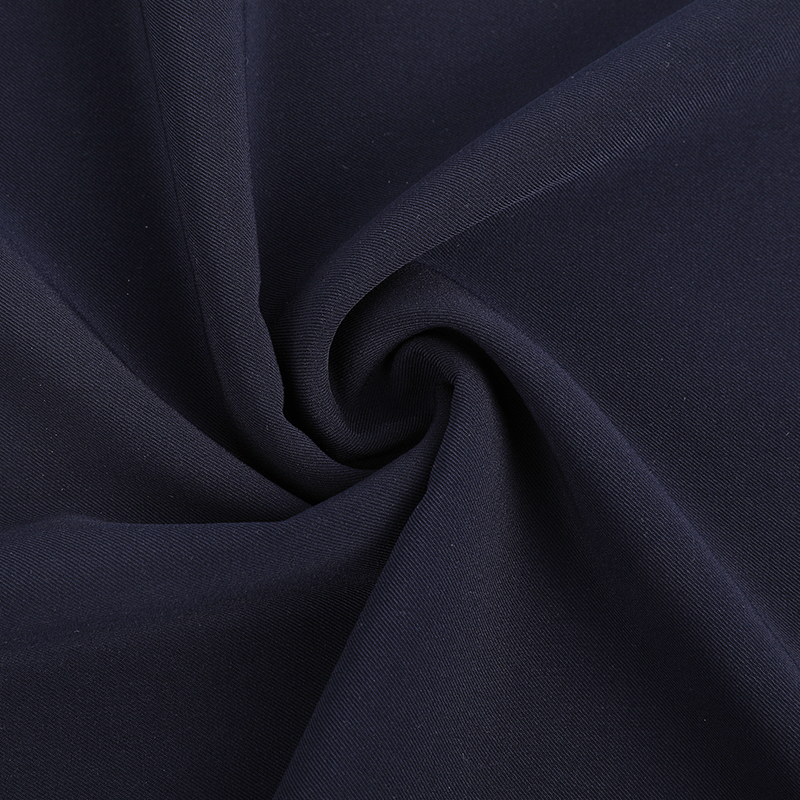If you are interested in some of our products, please feel free to visit our website or contact us for detailed information.

Polyester fabric is an inexpensive synthetic option with great versatility. It resists wrinkles and shrinking while offering stretch properties, making it suitable for clothing products as well as textile accessories. When selecting polyester as the material of choice for clothing products or textile goods, however, remember to factor in its elasticity depending on its manufacturing method and the mix of materials used during its creation.
When designing clothes with polyester, blending it with other fibers that offer some elasticity may be worthwhile. For instance, using spandex or other stretchy fibers such as wool to augment its elasticity may make your fabric more comfortable to wear; using natural fibers like cotton or wool can add breathability and comfort while different fabrics may offer greater elongation in different directions.
To fully grasp how polyester stretches, it is beneficial to first establish what constitutes stretch fabric. In general terms, stretch fabric refers to any material that stretches both in terms of length and width - this characteristic can usually be found on garments such as yoga pants. To achieve this stretchy characteristic, fabric designed with yarns specifically knitted or woven for this purpose must be utilized; some examples of stretchy fabrics include denim jeans, yoga pants, and fitted tops.
Woven polyester fabric does not possess any natural elasticity, making it not considered stretchy on its own. When combined with elastic fibers such as spandex or rayon, however, its stretchiness increases significantly and it becomes more flexible and stretchy - thus leading to frequent blends combining polyester with stretchy materials like spandex or cotton.
Some polyesters are very stretchy and comfortable when worn without needing seams; these "knit polyesters" can often be found in high-quality sportswear. To get the best out of such fabrics, gentle detergents should be used when washing them to prevent their fibers from becoming stiff or brittle over time.
polyester has long been misinterpreted as being a rough and scratchy material, but modern polyester can be very soft and stretchy when blended with other synthetic and natural fabrics like cotton, bamboo, and linen. Indeed, for optimal comfort polyester blends tend to feature cotton as one of the main fiber sources, and blends that provide stretchiness are often the best choices. When assessing how stretchy a fabric is, it's essential to know its composition. Fibers used may include single or multidirectional stretch. This will determine both flexibility and elasticity over time as well as longevity of use.


 English
English 中文简体
中文简体 Español
Español Français
Français italiano
italiano








